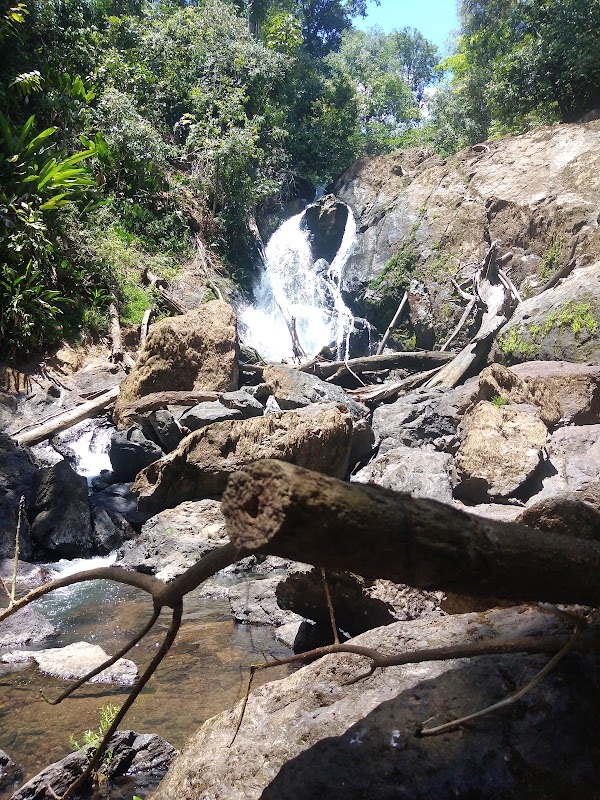Best Rainforest Trekking and Wildlife Viewing Adventures in Corcovado National Park: Exploring Osa Peninsula’s Untamed Wilds
Corcovado National Park offers some of the most thrilling rainforest trekking and wildlife viewing on Costa Rica’s Osa Peninsula. From dense jungle paths to diverse animal encounters, this adventure draws hikers eager to experience nature raw and unfiltered.
Start Early to Maximize Wildlife Sightings
Wildlife in Corcovado is most active in the cooler early morning hours and late afternoon. Hiking at these times improves your chances of spotting elusive animals while avoiding peak heat.
Pack Waterproof Footwear
Trails can be muddy with slippery roots and river crossings. Waterproof boots with good traction will keep your footing secure and feet dry.
Carry Ample Hydration and Snacks
The humid tropical climate and challenging terrain demand regular hydration and energy. Bring at least 2 liters of water and lightweight snacks to maintain stamina.
Hire a Local Guide
Guides enhance safety and deepen your experience by interpreting animal signs, explaining flora, and navigating complex trails.
Best Rainforest Trekking and Wildlife Viewing Adventures in Corcovado National Park: Exploring Osa Peninsula’s Untamed Wilds
Corcovado National Park, on Costa Rica’s Osa Peninsula, is a raw punch of jungle where the rainforest claims every foot of earth with armored roots and sky-scraping trees. Hiking here is more than a walk; it’s a negotiation with a landscape fiercely itself. The trails wind through dense canopies dripping with orchids and bromeliads, while rivers splash against mossy stones, daring you to find the safest crossing.
Trek sections range from moderate to difficult, with distances averaging 10 to 15 kilometers depending on your route. Expect uneven terrain, mud-slick roots, and occasional steep climbs that reward with views of endless green reaching toward the Pacific. Elevation changes are moderate, typically between 200 to 600 meters, enough to keep your heart engaged without requiring mountaineering skills.
Wildlife here moves boldly yet cautiously—tapirs tread silently, scarlet macaws burst like fireworks overhead, and the rare jaguar leaves hidden trails. Your eyes scan the towering trees, the rustling underbrush, and riverbanks as the forest breathes alongside you. Timing your trek early in the morning or late afternoon maximizes chances of sightings while avoiding midday heat.
Preparation is key: sturdy waterproof boots grip the slippery roots, and quick-dry clothing beats the humidity. Carry at least 2 liters of water plus light snacks; the trail tests endurance as much as focus. Guided tours are recommended—not just for safety but to enrich experience through expert knowledge of wildlife calls and forest lore.
Start near Puerto Jiménez, the gateway town alive with fresh wildlife talk and logistics support. From here, days unfold into immersive adventures—whether tracking elusive peccaries or pausing at beachfront campsites where the jungle presses close against crashing waves. Respect corcovado’s power and unpredictability. This is a place to move thoughtfully, eyes open, boots steady, heart alert to the whispers and roars of the wild that refuses to be tamed.
Nearby Trips
All Adventures
Boat Charters
Water Activities
Adventures near Puerto Jiménez
Discover the unique and memorable adventures that make Puerto Jiménez special.
Frequently Asked Questions
What is the best way to access Corcovado National Park for trekking?
Most trekkers start from Puerto Jiménez or Drake Bay, both providing access points and local guides. Puerto Jiménez offers better road connections and facilities, while Drake Bay is often chosen for boat access and more secluded entry points.
Are guided tours necessary to hike in Corcovado?
While not mandatory, hiring a local guide is highly recommended for safety reasons and wildlife identification. Guides help navigate complex trails, spot animals, and ensure your visit supports local conservation efforts.
What wildlife can I expect to see during a trek?
Common sightings include tapirs, scarlet macaws, coatis, monkeys, and a host of exotic birds and amphibians. Jaguars and pumas are present but rarely seen due to their elusive nature.
How challenging are the trails in Corcovado National Park?
Trails can be physically demanding with uneven, muddy terrain, river crossings, and moderate elevation changes. Proper fitness and preparation are essential for a safe and enjoyable experience.
Are there any safety concerns when trekking in Corcovado?
The primary concerns include sudden weather changes, slippery surfaces, and wildlife encounters. Staying with a guide, carrying adequate gear, and respecting the environment minimizes risks.
Can I camp inside Corcovado National Park?
Yes, several campsite options exist within the park, including beachfront campsites and ranger stations. Camping requires permits and adherence to park regulations to protect the environment.
Recommended Gear
Waterproof Hiking Boots
Protects feet from mud, water, and rugged root systems, essential year-round but especially in rainy season.
Lightweight Rain Jacket
Pivotal for staying dry during sudden tropical downpours; breathable fabric prevents overheating.
Insect Repellent
The rainforest teems with mosquitoes and biting insects, making repellent critical to avoid discomfort and disease risk.
Hydration Pack or Water Bottles
Sustains hydration for long treks where fresh water access is limited; capacity of 2+ liters recommended.
Local Insights
Hidden Gems
- "San Pedrillo Ranger Station’s trail to the Tres Amigos Waterfall offers a quieter escape with rewarding views."
- "The Playa Blanca beach to the south provides a rare coastal forest walk and a low-impact swimming spot rarely crowded."
Wildlife
- "Look for the nocturnal kinkajou after dusk, a tree-dwelling mammal active when most hikers have settled."
- "The large congregation of scarlet macaws is a vibrant signature, often heard before seen."
History
"Corcovado was championed for protection in the 1970s by biologist Daniel Janzen and local conservationists, ensuring this primary rainforest endures amidst vast deforestation elsewhere in Costa Rica."

